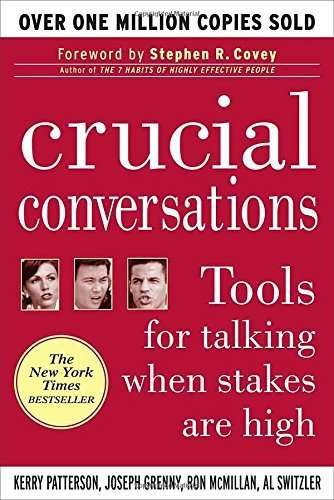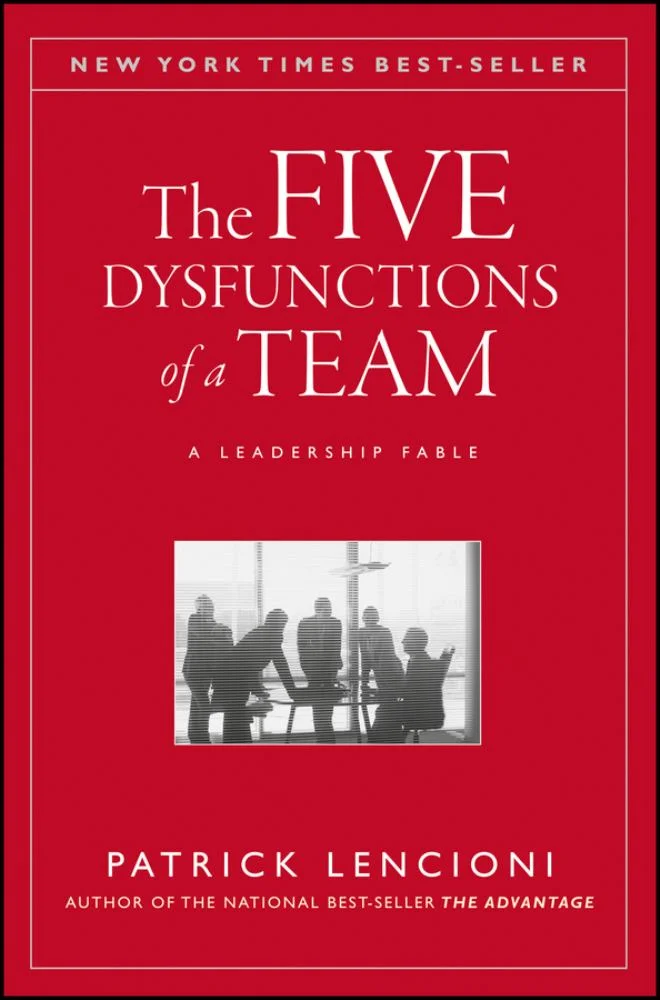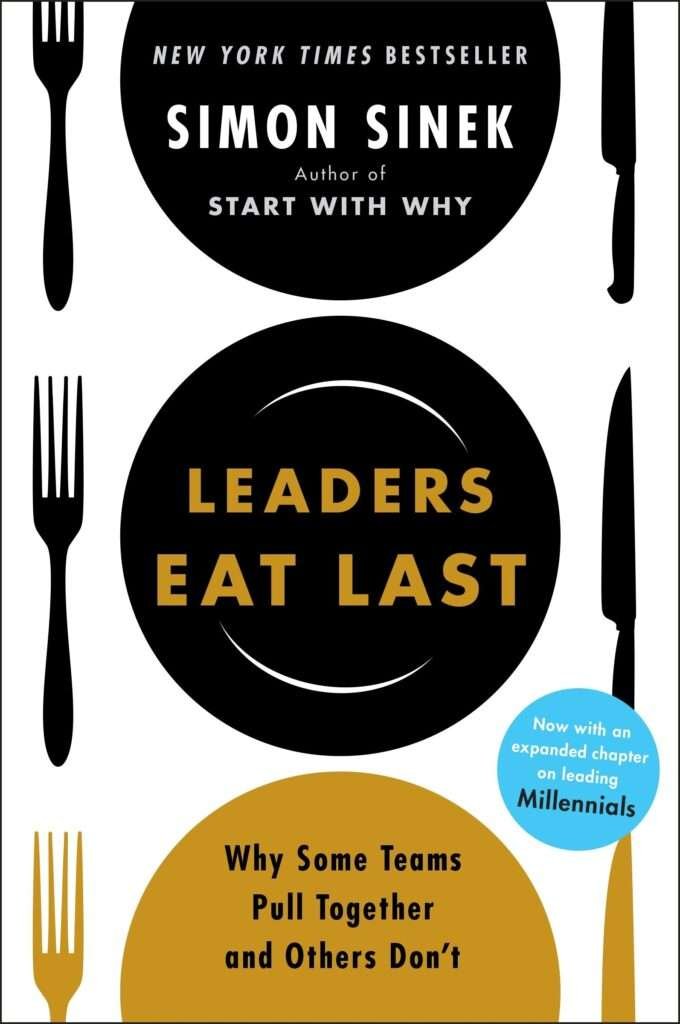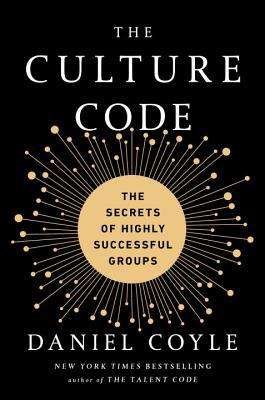Introduction
Good communication is the basis for a successful team Assures Common Understanding: Everyone remains at the same pace and ideas can be easily passed through so as to reach a resolution for conflicts. Irrespective of whether you are leading a team or working as part of one, having good communication can lead to better teamwork and output. And so below are the five creative books that delve deeply into a real understanding and practicable method to be used on our teams. – Communication in Teams

Benefits of Effective Communication in Teams
Not only that being good in between team communication fetches a few nice benefits.
- Encouraged collaboration : When everyone knows what the goals are, they can work together and be on the same page. This, in turn would build stronger and more productive teams.
- Better Problem-Solving: simply, teams that genuinely communicate are able to work through answers and create ideas better than uncommunicative ones. When everyone has a voice, this will ensure that all the team members have their inputs on how to address problems.
- Improved Relationships: Clear communication results in better relationships with the team member. It creates a positive atmosphere where each person that feels understood and supported becomes satisfied, valued and trusted by others.
- Productivity: If your team is good at communicating then there will be less misunderstandings, mistakes and ultimately not as many delays. The outcome is better working, for the reason that everyone knows what each other should be doing.
How Books Can Help Improve Team Communication
There are a lot of good books on team communication: Journals pubs with FTL have lots of valuable detail!
- Writing an E-Book can provide expert advice, with experienced professionals and researchers providing best practices in communication that you know will work.
- Real-World Advice-Books that offer practical suggestions you can use today to improve how your team talks. Some adaptions will almost certainly be required to tailor these strategies to your team.
- Stories and Examples: In almost every book you will get to read a story, which shows how a technique of Communication is used successfully in their teams.
- Reading improves communication: Reading can develop better communication among team members. Team member learn to express their ideas better, and understand others more when they pick up on different styles of communication.
Great books such as Crucial Conversations and Radical Candor are a worthwhile read for everyone who wants to raise their communication game in the team. Reading and implementing the lessons in these books can help you build an efficient, united, successful team.

1. “Crucial Conversations: Tools for Talking When Stakes Are High” by Kerry Patterson, Joseph Grenny, Ron McMillan, and Al Switzler
Crucial Conversations is the book that started it all back in 2002, and for good reason too. This can be a business classic—spending more than four years on The New York Times Best Seller list—and so they sold well over Three million copies globally; these are obviously doing something right! Both authors had previously published widely on organizational behavior, and in this book they walk us through how best to have these conversations so that everyone comes out ahead.
- Why It Matters: Put in the context of people, team or tribe leaving that are always filled with tough conversations like giving feedback, performance issues and into those places where critical decisions need to make. It was an opportunity to demonstrate a technique many of us use in our lives and work, for managing such conversations so that they do not become screaming matches where nobody is heard – Namely; FULL SPECTRUM PRESENCE.
- Key Takeaways:
- Dialogue Mastery: Understanding how to have a truly open dialogue where every person knows it is safe enough to express their viewpoints or experiences, even on controversial subjects.
- Stating The Obvious: This is all about being super clear in your verbiage and conversations, keeping it on-topic by not getting buried under the avalanche of emotions.
- Building a Judgment-Free Zone: Learn how to facilitate open dialogue so all team members feel comfortable discussing their thoughts and concerns (necessary for successful communication & decision-making)
Quote: “The mistake most of us make in our crucial conversations is that we believe that our dilemma is ‘Safety versus Honesty’ when it is not.”
This book is highly valuable for anyone who wants to level up their team communication, especially in high-stakes contexts.

2. “The Five Dysfunctions of a Team: A Leadership Fable” by Patrick Lencioni
The Five Dysfunctions of a Team, by Patrick Lencioni is an eye opener from world renown executive for his brutally honest look at the reasons teams aren’t working that always comes back to communication. Using an engaging business fable, Lencioni identifies the five dysfunctions that can sink even the best team: absence of trust, fear of conflict, lack of commitment [to not alienate], avoidance of accountability and inattention to results.
- Why It Matters: Understanding what is at the root of poor communication on a team. By identifying each of these dysfunctions, the model provides a straightforward process for addressing them and giving you options to build your team into one capable of truly working together.
- Key Takeaways:
- Creating Excitement About the Venture One of the important components to any successful team is trust, and one way you can build trust with your colleagues (and potential teammates) early in a project like this is through open communication. The book explains how to foster an environment where team members can voice their opinions and admit insecurities.
- Promote Productive Conflict: Leverage conflict to drive better decisions. The Five Dysfunctions was my first exposure to Lencioni, and it deals with creating a safe space for team members to challenge ideas in constructive ways within the context of healthy debate.
- Echosystem (Commitment and Accountability) — It highlights the key role clear communication plays in both driving commitment and accountability, as that is paramount to aligning everyone with any given team goals.
Quote: “If you don’t trust one another—if you don’t communicate openly and honestly—you simply aren’t going to make it.”
Even if you are an excellent communicator, Lencioni provides insight that can help break down barriers and allow your team to come together as one.

3. “Radical Candor: Be a Kick-Ass Boss Without Losing Your Humanity” by Kim Scott
Kim Scott in Radical Candor introduces a revolutionary way to communicate with your team where radical honesty meets empathy. Through her extensive experience leading teams at Google and Apple, Scott provides a simple — albeit profound — approach to effective communication: Care Personally, Challenge Directly
- Why It Matters: This book is essential for leaders and team members wanting to create a workplace where direct communication is not only embraced but done with respect, empathy AND decency. The split approach reduces the likelihood of a “freeze” period (an analogy she got from aerial artist, Breeanna Jurak), wherein teams become defensive or frightened and conversations grind to an unproductive halt.
- Key Takeaways:
- Full-Step Give Direct Feedback: Teach them how to give direct feedback in a way that is both achievable and serves as a catalyst for change instead of being aggressive or extreme. The book is a quick read, and shares practical advice on how to deliver honest feedback that will help the receiver grow.
- Creating a Strong Bond– Learn why it is important to care personally about the people on your team According to Scott, good communication starts with strong relationships that lead to and trust.
- Build a Culture of Radical Candor:The book teaches methods to create an environment where the team would be able express themselves, question ideas and provide feedback.
Quote: “Radical Candor is what happens when you care personally and challenge directly.”
Scotts reflections are particularly to help leaders build a more transparent and supportive team culture because they want to improve the ability of their communication.

4. “Leaders Eat Last: Why Some Teams Pull Together and Others Don’t” by Simon Sinek
Sinek, in Leaders Eat Last examines the aspect of leadership and how it shapes communication amongst teams. Through stories from the military, business and disaster response contexts, Sinek sheds light on how leaders can create environments in which people are valued, feel safe enough to be themselves (and thus do their best) – resulting in teams that embrace higher levels of empathy.
- To Give You An Idea: This is the book for EVERY leader looking to better communication in their teams by creating a culture of trust and mutual respect. A team of any size or industry can benefit from his ideas on leadership and communication.
- Key Takeaways:
- The funniest thing he talks about is the simplest and one of the best-Listening: Sinek hammers on how important listening is in communication. Such a situation leads to an environment where effective communication blooms, and all of it begins by the practice of active listening from leaders towards their team members.
- Building a Secure Climate : This part talks about the significance of psychological safety on the job — which is after you are really comfortable with your co-workers, it allows team members to speak up, share opinions and collaborate better.
- Leading by Example: Exploring how leaders are the ones who start all communication, Sinek only seems quite plausible. Further, when leaders engage in open and honest dialogue and demonstrate genuine care about the well-being of their team members, then they are modeling behaviors that will be emulated by others.
Quote: “When people feel safe and protected by the leadership in an organization, the natural reaction is to trust and cooperate.”
Leaders Eat Last is a must-read for any leader looking to cultivate open, integrated team work.

5. “The Culture Code: The Secrets of Highly Successful Groups” by Daniel Coyle
The Culture Code: The Secrets of Highly Successful Groups, by Daniel Coyle is an examination of what makes high-performing groups tick — a central theme in which being communication. Coyle utilizes research and best practices from thriving organizations, in addition to exploration the building blocks of these strong vibrant team cultures.
- Why It’s A Must-Read: This is an absolute must for teams with the ideology that a strong culture comes from communication and, ultimately leads to success. With ideas that can be used for small and larger teams regardless of type or industry, Coyle provides actionable information on any team dynamics eager to make a positive change.
- Key Takeaways:
- Creating a healthy environment: Learn how to foster an atmosphere where team members can bring up their ideas and concerns (necessary for performance in communication, collaboration).
- Building a Shared Purpose: Coyle talks about having the group rally around one idea. When there is shared goal, everyone works focus on achieving that, making communication more effective.
- The Power of Vulnerability: Throughout the book, we discover how feeling vulnerable — accepting our fallibility, limitations and wants — is fundamental in effective communication among a team thus forming stronger bonds.
Quote: “Success is not about talent. It’s about a team’s ability to communicate and create together.”
The Culture Code offers a full blueprint on how to create culture reinforced with the right communication.

Conclusion: Communication in Teams
Improving communication within teams is essential for fostering collaboration, enhancing productivity, and achieving success. By reading and implementing the strategies from these top five books, you can significantly enhance your team’s communication skills and create a more effective, cohesive, and successful team.
FAQs About Communication in Teams
1. What are the key benefits of reading books on communication in teams?
Reading books on communication in teams provides several key benefits:
- Improved Collaboration: Books offer strategies that help team members communicate more effectively, leading to better collaboration.
- Conflict Resolution: Many books provide tools for handling conflicts constructively, ensuring that disagreements do not harm team dynamics.
- Enhanced Leadership Skills: Leaders can learn how to foster a culture of open communication, which is crucial for team success.
- Practical Techniques: Books often include actionable tips that can be immediately applied to improve communication within your team.
- Understanding Different Perspectives: Reading allows team members to understand various communication styles, leading to more empathy and cooperation.
2. How can effective communication improve team performance?
Effective communication improves team performance in several ways:
- Clarity in Roles and Responsibilities: Clear communication ensures that every team member understands their role and what is expected of them.
- Reduced Misunderstandings: When communication is clear and open, there is less room for misunderstandings, which can lead to mistakes and delays.
- Better Problem-Solving: Teams that communicate well are better equipped to solve problems because they can share ideas and approaches openly.
- Increased Accountability: Open communication fosters a culture of accountability, where team members feel responsible for their contributions and outcomes.
- Stronger Relationships: Effective communication builds trust among team members, leading to a more cohesive and motivated team.
3. What makes “Crucial Conversations” a valuable resource for teams?
Crucial Conversations is a valuable resource for teams because it provides tools and techniques for handling high-stakes conversations where opinions differ and emotions are strong. The book helps team members:
- Navigate Difficult Discussions: It offers strategies for approaching tough conversations in a way that leads to positive outcomes.
- Maintain Relationships: The techniques taught in the book ensure that even challenging conversations do not harm relationships.
- Focus on Goals: It emphasizes the importance of keeping the conversation focused on the desired outcomes rather than getting sidetracked by emotions.
4. How can “The Five Dysfunctions of a Team” help in improving team communication?
The Five Dysfunctions of a Team helps improve team communication by identifying common barriers that prevent effective collaboration. The book:
- Diagnoses Communication Issues: It outlines five key dysfunctions that often hinder team performance, many of which are rooted in poor communication.
- Provides Solutions: For each dysfunction, the book offers practical solutions that teams can implement to overcome these barriers.
- Emphasizes Trust and Conflict Resolution: By focusing on building trust and encouraging healthy conflict, the book helps teams create an environment where open communication is the norm.
5. How can leaders use “Radical Candor” to foster better communication in their teams?
Leaders can use Radical Candor to foster better communication by:
- Balancing Directness with Empathy: The book teaches leaders how to give feedback that is both honest and kind, creating an environment where team members feel valued and respected.
- Encouraging Open Dialogue: Radical Candor promotes a culture where team members feel safe to speak up, share ideas, and challenge each other in a constructive way.
- Building Strong Relationships: By caring personally and challenging directly, leaders can build trust and strengthen relationships within the team, leading to more effective communication and collaboration.
Check Out The Sources
Check Out More



